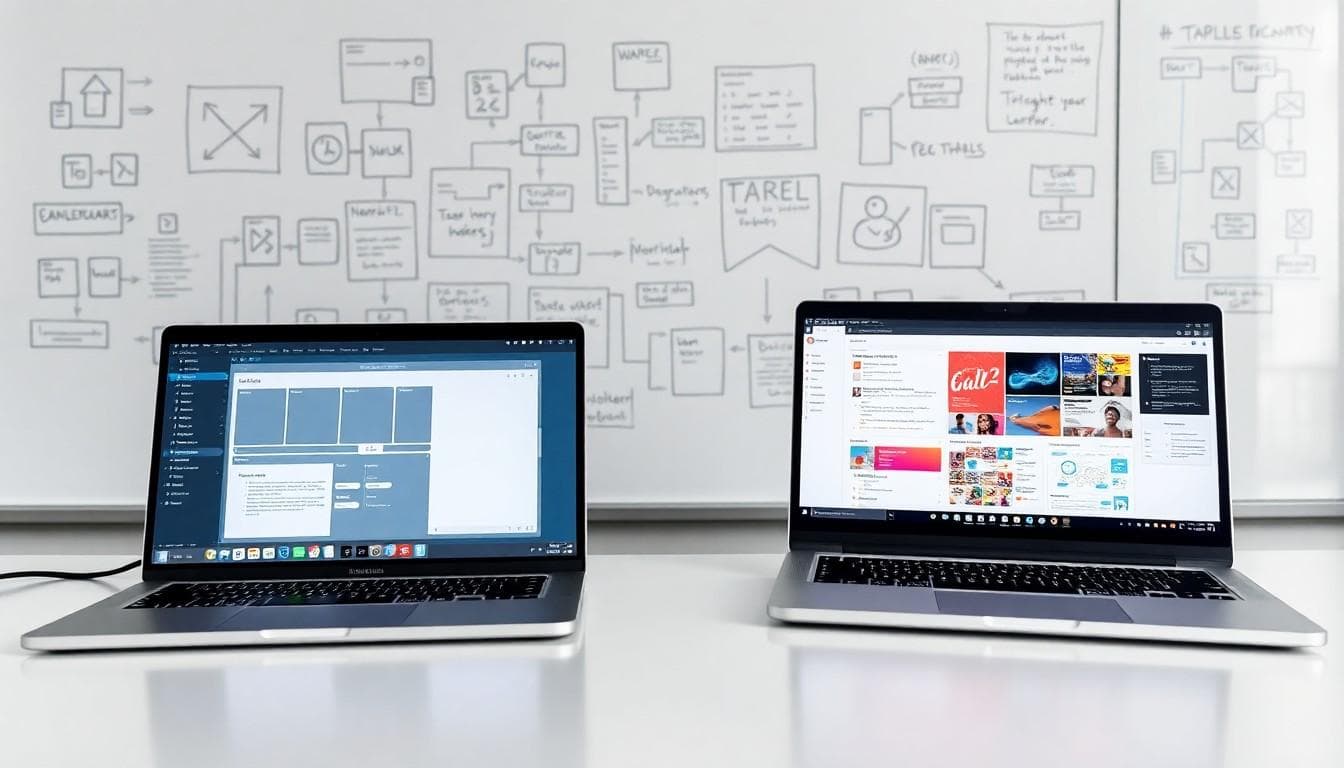React is one of the most popular libraries for creating web applications, but sometimes you need to turn a web application into a desktop application. This is where Electron, a framework that allows you to create cross-platform desktop applications using web technologies, comes to the rescue. In this article, we will show you how to convert a React application into a desktop version quickly and easily using Electron.
Step 1: Prepare your environment
Before you get started, make sure you have Node.js and npm installed. These tools are necessary to create and run both React applications and Electron programs. Then, create a React app using standard tools such as create-react-app. This will ensure a quick start and minimal customization.
Step 2: Install Electron
After creating and customizing your React app, you need to add Electron to your project. Electron will allow you to create a desktop application window that will display your web content. Typically, Electron is used to run local web pages as a standalone application with operating system interfaces such as menus and windows.
Step 3: Create the main application window
In order for the application to work as a desktop application, you need to create a main file that will be responsible for launching the application window with your React content. This file links the React app to Electron, ensuring that the app will work like a full-fledged desktop app.
Step 4: Configure React and Electron to run simultaneously
In order for the React app and Electron to run concurrently, you need to configure their interaction. This is usually done by using tools that allow you to run both applications in parallel. For example, you can use special npm scripts that will ensure that both the React web server and Electron run at the same time.
Step 5: Build and package the application
Once the application is ready, comes the build step. For this, the Electron Builder tool is used to package the application into installation files for different operating systems (Windows, macOS, Linux). These files can be distributed like normal desktop applications.
Step 6: Testing and publishing
After building, it is important to test the application on different platforms to make sure it works properly. Testing should include performance testing, stability testing, and testing features that may depend on the operating system (such as file system access).
Conclusion
Converting a React app to a desktop app using Electron is a powerful way to extend the accessibility of your app to users. It allows you to create cross-platform applications with native features and operating system interfaces. As a result, you get a functional desktop application that leverages web technologies while providing a better user experience.



